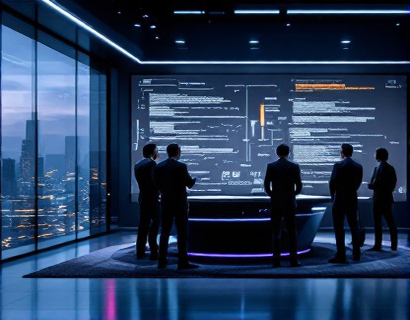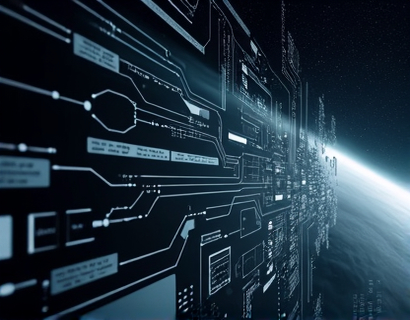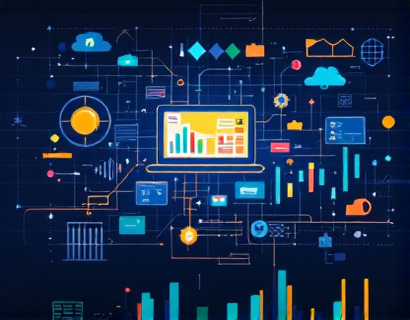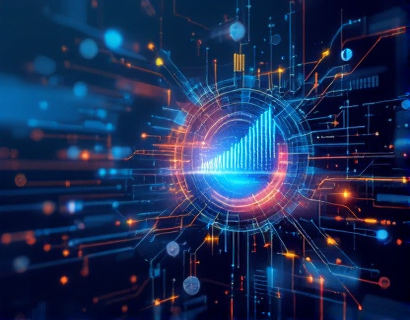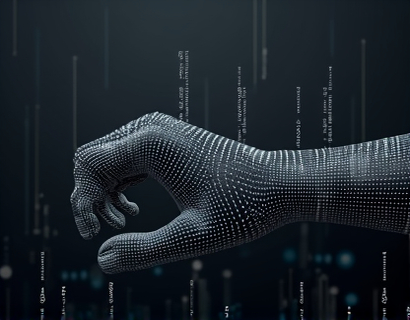Unlocking the Universe: Interactive Software for Astronomy Education and Exploration
The quest to understand the cosmos has captivated human imagination for centuries. From ancient astronomers to modern space explorers, the allure of the universe's mysteries remains unbroken. In recent years, technology has bridged the gap between the vastness of space and the curiosity of Earth's inhabitants, offering innovative tools that make astronomy more accessible than ever. This article delves into the realm of interactive software designed to transform astronomy education and exploration, providing immersive learning experiences and engaging resources that cater to astronomy enthusiasts, educators, and students alike.
In an era where digital learning platforms are redefining education, the application of interactive software in astronomy has opened new avenues for understanding complex celestial phenomena. These tools are not merely educational; they are gateways to a deeper appreciation of the cosmos, fostering a sense of wonder and curiosity in users of all ages. The software is meticulously crafted to make the intricate workings of the universe understandable and exciting, breaking down barriers that traditionally made astronomy an inaccessible subject.
Immersive Learning Experiences
One of the most significant advantages of interactive astronomy software is its ability to create immersive learning environments. Users can embark on virtual journeys through the solar system, explore distant galaxies, and witness celestial events in real-time. This immersive approach not only makes learning more engaging but also helps in retaining complex information. For instance, a user can simulate a trip to Mars, studying its terrain, atmosphere, and potential for future human habitation, all from the comfort of their home.
These simulations are powered by advanced algorithms and high-resolution graphics, ensuring that the experience is as realistic as possible. Interactive maps of the night sky allow users to identify constellations, planets, and other celestial bodies, providing context and enhancing their understanding. The software often includes detailed descriptions and historical facts, enriching the learning experience with a blend of science and history.
Engaging Resources for All Levels
The beauty of interactive astronomy software lies in its versatility, catering to users of all skill levels. Beginners can start with basic modules that introduce fundamental concepts such as the phases of the moon, the difference between stars and planets, and the structure of the solar system. These modules are designed to be intuitive, using visual aids and interactive quizzes to reinforce learning.
For more advanced users, the software offers in-depth courses on topics like astrophysics, cosmology, and space exploration. These courses often include interactive lectures, 3D models, and simulations that allow users to experiment with theoretical concepts. For example, users can model black holes, observe the effects of gravitational waves, or simulate the expansion of the universe. Such hands-on activities not only deepen understanding but also spark a deeper interest in the subject.
Comprehensive Tools for Educators
Educators play a crucial role in inspiring the next generation of astronomers and scientists. Interactive astronomy software provides a wealth of tools specifically designed for teachers and educators. These tools facilitate the creation of customized lesson plans, allowing educators to tailor their teaching to the needs of their students. The software often includes a library of pre-made lessons, complete with interactive elements and assessment tools, making it easy to integrate astronomy into various curricula.
Moreover, the software supports collaborative learning, enabling students to work together on projects and share their findings. Virtual classrooms and discussion forums within the platform foster a sense of community, encouraging students to ask questions, share insights, and learn from one another. This collaborative environment not only enhances the learning experience but also builds critical thinking and communication skills.
Real-World Applications and Current Events
Interactive astronomy software often incorporates real-world data and current events, keeping the content up-to-date and relevant. Users can track the movements of asteroids, monitor space weather, and follow the latest missions to other planets. This connection to real-world astronomy not only makes the software more engaging but also highlights the practical applications of astronomical knowledge.
For instance, during a planetary alignment or a comet passage, the software can provide live updates, explanations, and visualizations, turning these events into teachable moments. This approach ensures that users remain informed about the latest developments in the field and understand the significance of these events in the broader context of astronomical research.
Enhancing Scientific Literacy
One of the primary goals of interactive astronomy software is to enhance scientific literacy. By making complex scientific concepts accessible and engaging, the software helps demystify astronomy and encourages a broader appreciation of science. This is particularly important in an age where misinformation can spread rapidly, and critical thinking skills are more crucial than ever.
The software often includes modules on scientific methods, critical analysis, and evidence-based reasoning. Users learn how scientists formulate hypotheses, design experiments, and interpret data. By understanding the scientific process, users become more discerning consumers of information, better equipped to evaluate the credibility of sources and the validity of claims.
Promoting STEM Education
Interactive astronomy software is a powerful tool for promoting STEM (Science, Technology, Engineering, and Mathematics) education. It inspires young learners to explore careers in these fields by showcasing the excitement and potential of a career in astronomy and related sciences. The software's engaging and interactive nature makes it an excellent resource for schools, museums, and science centers, where it can be used to complement traditional teaching methods.
Moreover, the software often includes features that encourage project-based learning, such as designing space missions, creating astronomical models, or conducting virtual experiments. These projects not only reinforce theoretical knowledge but also develop practical skills in problem-solving, critical thinking, and technological proficiency.
Accessibility and Inclusivity
Accessibility is a key consideration in the design of interactive astronomy software. The platform is designed to be user-friendly, with intuitive interfaces and options for customization to accommodate different learning styles and abilities. For users with visual impairments, features like text-to-speech, high-contrast modes, and scalable text ensure that the content is accessible. Similarly, for those with motor disabilities, the software can be navigated using keyboard shortcuts or voice commands.
Inclusivity is also a priority, with content available in multiple languages and cultural contexts. This approach ensures that the software is accessible to a global audience, breaking down barriers and promoting a universal appreciation of the cosmos.
Future Directions and Innovations
As technology continues to advance, the potential for interactive astronomy software is vast. Future developments may include augmented reality (AR) and virtual reality (VR) experiences, allowing users to step into the cosmos in even more immersive ways. AR could overlay celestial information onto the real world, enhancing outdoor stargazing experiences, while VR could create fully immersive environments for exploring distant worlds and cosmic phenomena.
Artificial intelligence (AI) and machine learning (ML) are also set to play a significant role in the evolution of these platforms. AI can personalize learning experiences based on user preferences and performance, providing tailored recommendations and adaptive challenges. ML algorithms can analyze user interactions to identify knowledge gaps and suggest targeted resources, further enhancing the educational value of the software.
Conclusion
Interactive astronomy software represents a significant leap forward in astronomy education and exploration. By providing immersive, engaging, and accessible learning experiences, it bridges the gap between the vastness of the universe and the curiosity of Earth's inhabitants. Whether you are a seasoned astronomer, a curious student, or simply someone with a passion for space, this software offers a gateway to a deeper understanding of the cosmos. As technology continues to evolve, the potential for innovation in this field is limitless, ensuring that the universe's mysteries remain within reach for generations to come.







